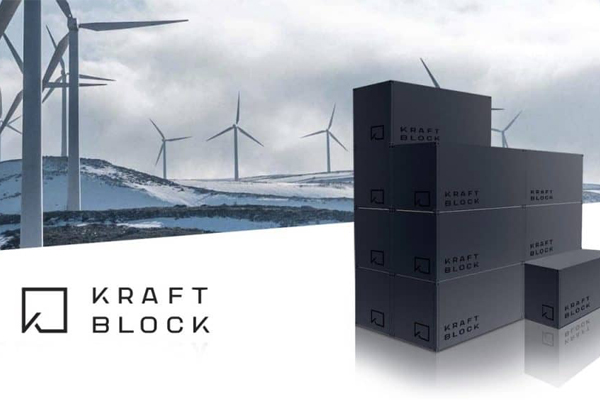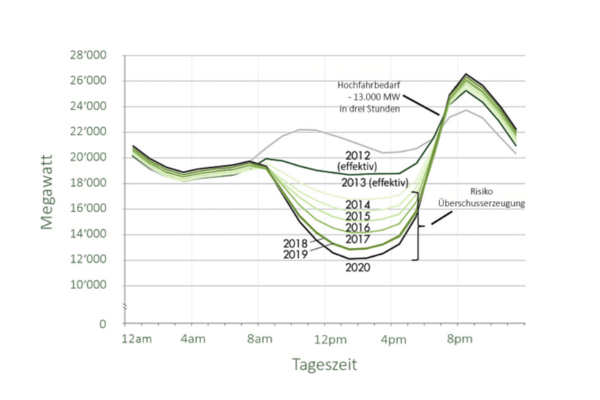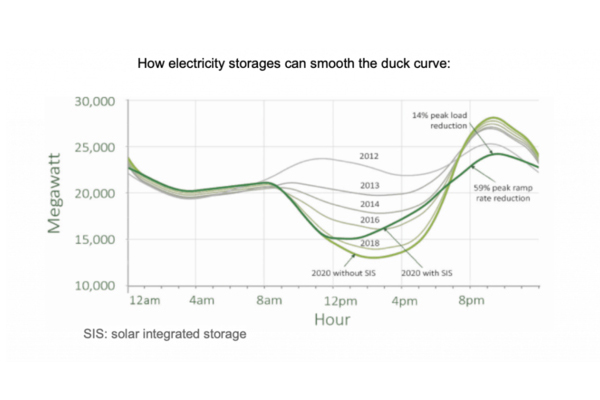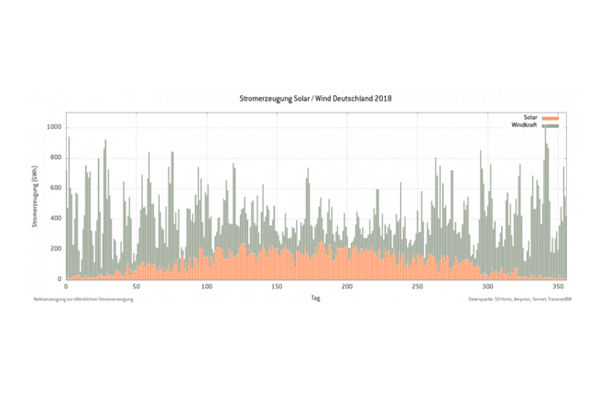Without storage, there can be no effective energy transition.
by Frank Thelen | 29.03.2020

The energy transition is a matter close to Freigeist's heart.
Saving our planet through technological innovation is one of Freigeist's key investment areas. In addition to novel solutions in the field of mobility, such as Lilium Aviation, we have been looking at the entire energy industry for quite some time: starting with innovative approaches to energy production and ending with energy storage as well as efficient energy management.
Global energy consumption has increased dramatically over the last decades and is expected to increase by another 30% by 2040. Reasons for this include a growing population, increasing technologization, and increasing urbanization. Electricity consumption in particular is likely to increase dramatically over the next few years, so that by 2040 it is expected to account for 40% of the growth in final energy consumption.
The impact of our increasing energy consumption on our climate is dramatic and we are already beginning to feel what climate change will mean for ecosystems, economies and societies.
We must finally realize the magnitude of this problem and find ways to reduce carbon emissions and stop climate change. A crucial factor for this and for a sustainable future is the energy transition, the transition to renewable energies.
Why do we need storage?
Renewable energy sources, such as wind and solar power, are very "clean," but they currently still have what Bill Gates called a "reliability problem." Weather conditions fluctuate. The wind for wind turbines blows regardless of electricity demand, and the sun for solar energy may or may not shine regardless of when electricity demand is highest. As a consequence, the power supply from wind and solar energy is also volatile - and therefore "unreliable".
We therefore need technologies that enable flexibility to reliably meet demand around the clock with electricity from renewable sources. One promising approach to this is energy storage, which is ideally suited to balancing fluctuations in the power supply from renewable energies.
A recent study estimates that about 15,000 TWh of energy storage capacity will be needed by 2050 if we want to switch to 100% renewables worldwide. For Europe, the required storage capacity would be about 2,250 TWh. Most of the rest of the required capacity comes from North-East Asia (about 5,000 TWh) and South Asia (about 3,000 TWh). Although a 100% transition to renewables is probably difficult to achieve, the required storage capacity is enormous.
However, in 2015, global storage capacity was only 29 TWh, mostly from pumped storage plants. This is only 0.2% of what we will need by 2050.
There are diverse application areas for energy storage, of which the two most important are renewable energy integration and grid stability applications.
Energy storage enables renewable energy integration
Solar and wind energy are volatile at different times of the day and year. The daily phenomenon of the hours with the highest demand for electricity and the hours with the highest generation from renewables not coinciding is known as the "Californian Duck Curve," among other names. While solar generation is highest around midday hours, electricity demand is highest in the evening hours.
The "Californian Duck Curve" shows the net demand for electricity from non-renewable sources in California, depending on the hour of the day, if all of the electricity demand from renewable sources (in this case, solar energy) is fed into the grid. It can be seen that the demand for electricity from non-renewable sources drops very far around the midday hours, as generation from solar energy is then very high. Overall, this shows the risk of overproduction during the midday hours when you look at the total supply. After 3 p.m., one sees a very steep increase in the demand for electricity from non-renewable sources, which peaks in the evening hours. The higher the percentage of solar energy, the steeper this sudden increase in demand for electricity from other sources in the late afternoon hours. This abrupt change in the demand for electricity and - as a result - power supply in a very short time to meet the change in demand is extremely stressful for the power grid.


